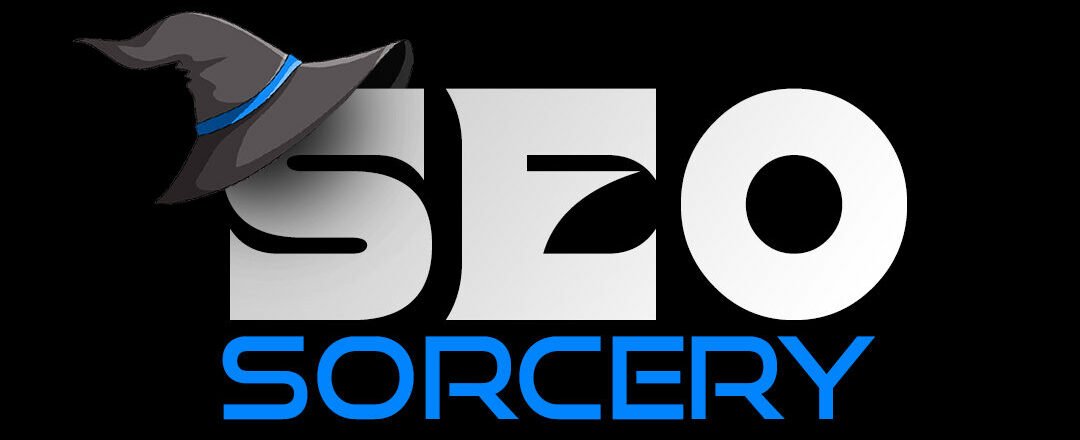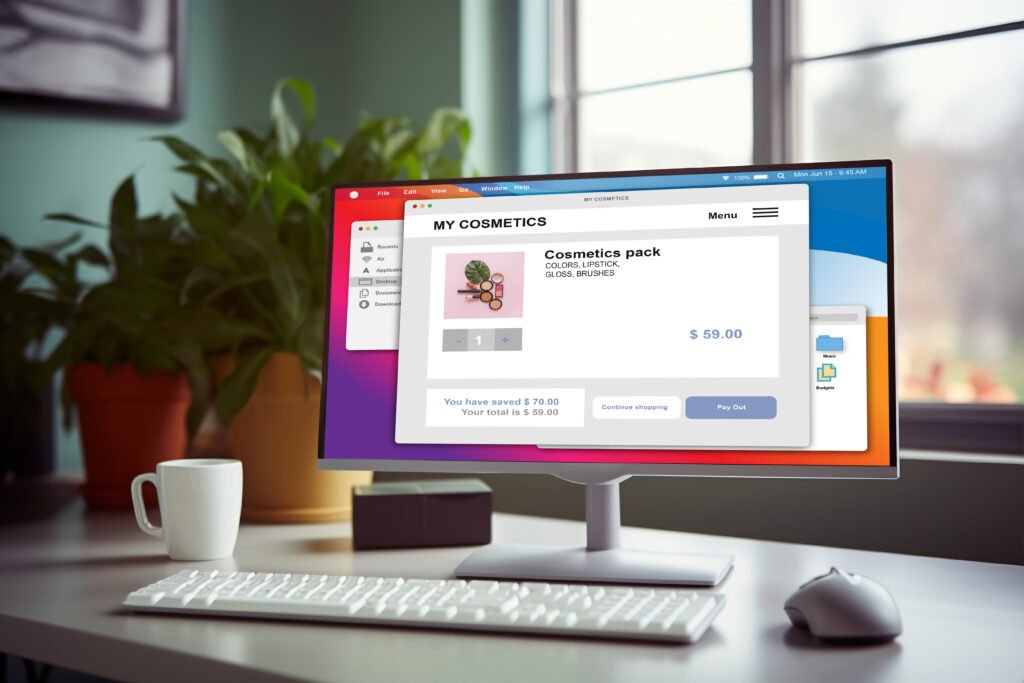On-page SEO (Search Engine Optimization) is a crucial aspect of digital marketing that focuses on optimizing individual web pages to rank higher in search engine results pages (SERPs). By implementing effective on-page SEO techniques, you can improve your website’s visibility, attract more organic traffic, and ultimately increase conversions. This guide will walk you through the step-by-step process of optimizing your web pages for search engines and users alike.
Understanding On-Page SEO Fundamentals
Before diving into the specifics, it’s essential to grasp the core concepts of on-page SEO:
- Relevance: Ensuring your content aligns with user intent and search queries
- Accessibility: Making your website easy for search engines to crawl and index
- User Experience: Providing valuable, engaging content and a smooth browsing experience
With these principles in mind, let’s explore the key elements of on-page SEO and how to optimize them effectively.
1. Keyword Research and Selection
The foundation of any successful on-page SEO strategy is thorough keyword research. This process helps you identify the terms and phrases your target audience uses when searching for information related to your products or services.
Steps for effective keyword research:
- Brainstorm relevant topics and themes for your business
- Use keyword research tools like Google Keyword Planner, SEMrush, or Ahrefs
- Analyze search volume, competition, and relevance for each keyword
- Choose a mix of short-tail and long-tail keywords
- Group related keywords into clusters for content planning
Remember to focus on user intent when selecting keywords. Are users looking for information, comparing products, or ready to make a purchase? Tailor your content to match these intentions.
2. Optimizing Title Tags
Title tags are HTML elements that specify the title of a web page. They appear as clickable headlines in search engine results and play a crucial role in on-page SEO.
Best practices for title tag optimization:
- Keep titles under 60 characters to avoid truncation in SERPs
- Include your primary keyword near the beginning of the title
- Make titles compelling and click-worthy
- Use unique titles for each page on your website
- Include your brand name, if possible
Example: “Best On-Page SEO Techniques for Higher Rankings | YourBrand”
3. Crafting Meta Descriptions
Meta descriptions are HTML attributes that provide a brief summary of a web page’s content. While they don’t directly impact rankings, well-written meta descriptions can improve click-through rates (CTR) from search results.
Tips for writing effective meta descriptions:
- Keep descriptions between 150-160 characters
- Include your primary keyword naturally
- Provide a clear, concise summary of the page’s content
- Use action-oriented language to encourage clicks
- Make each meta description unique for every page
Example: “Boost your website’s search engine rankings with our proven on-page SEO techniques. Learn step-by-step strategies to optimize your content and improve visibility.”
4. Heading Tags (H1, H2, H3, etc.)
Heading tags help structure your content and make it easier for both users and search engines to understand the hierarchy of information on your page.
Guidelines for optimizing heading tags:
- Use only one H1 tag per page, typically for the main title
- Include your primary keyword in the H1 tag
- Use H2 and H3 tags for subheadings and subsections
- Incorporate relevant keywords in subheadings naturally
- Maintain a logical hierarchy (H1 > H2 > H3 > H4, etc.)
Example:
H1: “On-Page SEO: A Comprehensive Guide to Boosting Your Rankings”
H2: “Keyword Research and Selection”
H3: “Steps for Effective Keyword Research”
5. Content Optimization
High-quality, relevant content is the cornerstone of successful on-page SEO. Your content should provide value to users while incorporating target keywords naturally.
Steps to optimize your content:
- Create in-depth, comprehensive content (aim for 1500+ words for pillar pages)
- Include your primary keyword in the first 100-150 words
- Use related keywords and synonyms throughout the content
- Break up text with subheadings, bullet points, and images
- Ensure content is easy to read and scan (use short paragraphs and simple language)
- Update content regularly to keep it fresh and relevant
Remember to prioritize user experience over keyword density. Write for your audience first, then optimize for search engines.
6. URL Structure
Clean, descriptive URLs help users and search engines understand the content of your pages at a glance.
Best practices for URL optimization:
- Keep URLs short and descriptive
- Include your primary keyword in the URL
- Use hyphens (-) to separate words
- Avoid unnecessary parameters or numbers
- Use lowercase letters and avoid special characters
Example: www.yourwebsite.com/on-page-seo-guide
7. Internal Linking
Internal links help distribute link equity throughout your website and guide users to related content.
Tips for effective internal linking:
- Link to relevant, high-quality pages within your site
- Use descriptive anchor text for internal links
- Create a logical site structure with pillar pages and supporting content
- Ensure all important pages are no more than 3 clicks from the homepage
- Use breadcrumbs for improved navigation and SEO
8. Image Optimization
Optimizing images can improve page load speed and provide additional ranking opportunities through image search.
Steps to optimize images for SEO:
- Use descriptive, keyword-rich file names
- Add alt text to all images, including target keywords when relevant
- Compress images to reduce file size without sacrificing quality
- Use responsive images that adapt to different screen sizes
- Implement lazy loading for images below the fold
Example alt text: “On-page SEO infographic showing key optimization techniques”
9. Page Speed Optimization
Page speed is a crucial ranking factor and plays a significant role in user experience.
Techniques to improve page speed:
- Compress and minify CSS, JavaScript, and HTML files
- Leverage browser caching
- Reduce server response time
- Enable GZIP compression
- Use a content delivery network (CDN)
- Optimize images and videos
- Minimize redirect chains
Use tools like Google PageSpeed Insights or GTmetrix to analyze and improve your website’s loading speed.
10. Mobile Optimization
With mobile-first indexing, ensuring your website is fully optimized for mobile devices is essential for on-page SEO success.
Mobile optimization best practices:
- Use a responsive design that adapts to different screen sizes
- Ensure text is readable without zooming
- Make buttons and links easily clickable on touch screens
- Avoid using Flash or other non-mobile-friendly technologies
- Optimize images and videos for mobile devices
- Implement accelerated mobile pages (AMP) for faster loading
Test your website’s mobile-friendliness using Google’s Mobile-Friendly Test tool.
11. Schema Markup
Schema markup is a form of structured data that helps search engines understand the content and context of your web pages.
Steps to implement schema markup:
- Identify the appropriate schema type for your content (e.g., Article, Product, Local Business)
- Use Google’s Structured Data Markup Helper to generate the code
- Test your markup using the Rich Results Test tool
- Implement the markup on your website
- Monitor performance in Google Search Console
Common schema types include:
- Organization
- Person
- Product
- Review
- Event
- Recipe
12. Content Freshness
Regularly updating your content signals to search engines that your website is active and relevant.
Strategies to maintain content freshness:
- Update existing content with new information and examples
- Add new sections to cover emerging topics or trends
- Remove or update outdated information
- Refresh images, infographics, and statistics
- Republish updated content with a new date
13. User Engagement Optimization
While not a direct ranking factor, user engagement metrics can indirectly impact your SEO performance.
Techniques to improve user engagement:
- Create compelling, valuable content that answers user questions
- Use engaging media like images, videos, and infographics
- Implement interactive elements (e.g., quizzes, calculators)
- Encourage comments and discussions
- Optimize for featured snippets to increase visibility
- Improve site navigation and internal linking
14. Local SEO Optimization
For businesses targeting local customers, optimizing for local search is crucial.
Local SEO best practices:
- Claim and optimize your Google My Business listing
- Ensure NAP (Name, Address, Phone) consistency across the web
- Encourage and respond to customer reviews
- Create location-specific pages for multi-location businesses
- Use local keywords in your content and meta tags
- Implement local schema markup
15. Voice Search Optimization
With the growing popularity of voice assistants, optimizing for voice search is becoming increasingly important.
Strategies for voice search optimization:
- Focus on long-tail, conversational keywords
- Create content that answers specific questions
- Optimize for featured snippets and position zero
- Improve your website’s loading speed
- Ensure your content is mobile-friendly
- Use natural language in your content
16. Reputation Management
Managing your online reputation is an often-overlooked aspect of on-page SEO.
Tips for reputation management:
- Monitor brand mentions across the web
- Respond promptly to customer reviews and feedback
- Create and optimize social media profiles
- Develop a content strategy to address negative search results
- Encourage satisfied customers to leave positive reviews
17. Monitoring and Analysis
Regularly monitoring your SEO performance is crucial for identifying areas of improvement and tracking progress.
Key metrics to monitor:
- Organic traffic
- Keyword rankings
- Click-through rates (CTR)
- Bounce rate
- Time on page
- Page load speed
- Crawl errors
- Indexation status
Use tools like Google Analytics, Google Search Console, and third-party SEO software to track these metrics and gain insights into your website’s performance.
18. Continuous Learning and Adaptation
SEO is an ever-evolving field, and staying up-to-date with the latest trends and algorithm changes is essential for long-term success.
Ways to stay informed:
- Follow reputable SEO blogs and news sites
- Attend industry conferences and webinars
- Participate in SEO forums and communities
- Experiment with new techniques and tools
- Analyze competitor strategies and adapt accordingly
Conclusion: Putting It All Together
Implementing effective on-page SEO is an ongoing process that requires attention to detail, continuous optimization, and a focus on providing value to your users. By following the steps outlined in this guide, you can improve your website’s search engine rankings, attract more organic traffic, and ultimately achieve your online business goals.
Remember that SEO success doesn’t happen overnight. Be patient, consistently apply these techniques, and monitor your progress over time. As you gain experience and insights, you’ll be able to refine your on-page SEO strategy and stay ahead of the competition in search engine results pages.
Key takeaways for on-page SEO success:
- Conduct thorough keyword research and optimize your content accordingly
- Focus on creating high-quality, valuable content for your users
- Optimize technical elements like title tags, meta descriptions, and URL structure
- Improve page speed and mobile-friendliness
- Implement schema markup and internal linking strategies
- Stay up-to-date with SEO trends and algorithm changes
- Regularly monitor and analyze your performance
By mastering these on-page SEO techniques and continually refining your approach, you’ll be well on your way to improving your website’s visibility in search results and driving sustainable organic growth for your business.


